
Overview
J.L. Hubbell
E.A. Burbank
Chiefs
Families
Individuals
Rugs
All Images Gallery
Site Credits
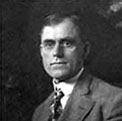 |
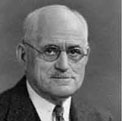 |
|
E.A. Burbank
|
"...the rest of my life will be devoted among the Indians and I have a life's work ahead of me"
E. A. Burbank, 1897.
E. A. Burbank, 1897.
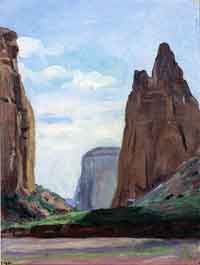 |
| Canyon De Chelly |
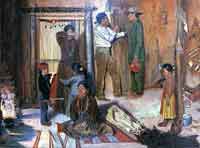 |
|
Going To School
|
Burbank was troubled with manic depression most of his adult life. In 1917, he moved to San Francisco and was an outpatient at Napa State Hospital until 1934. Burbank continued to provide illustrations to the San Francisco Chronicle, and sent sketches and prints to famous personalities. His richly illustrated autobiography, Burbank Among the Indian as told to Ernest Royce was published in 1944. He was killed in a cable car accident in 1949.
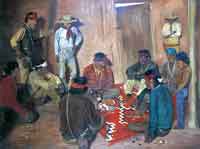 |
|
Poker Game
|
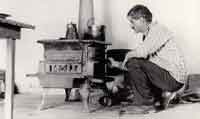 |
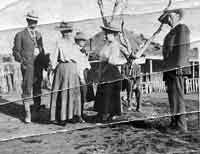 |
|
Historic Photographs
|
|
These crayons or drawing tools are named after their inventor, Nicolas-Jacques Conté. Conté also invented the modern pencil. The crayons were originally a mixture of graphite and clay formed into hard drawing sticks.
Today, Conté crayons are made with an alumina chalk [aluminum oxide] base. White crayons are pure alumina chalk; blacks and grays are carbon and alumina chalk. Reddish-browns or sanguines are made form ferric oxide [rust] and alumina chalk. Conté crayons have the consistency of graphite sticks, and the appearance of hard pastels.
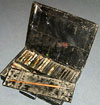 |
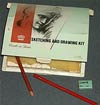 |
|
Burbank's Art Supplies
|
|
 |
 |
 |
 |
 |
 |
 |